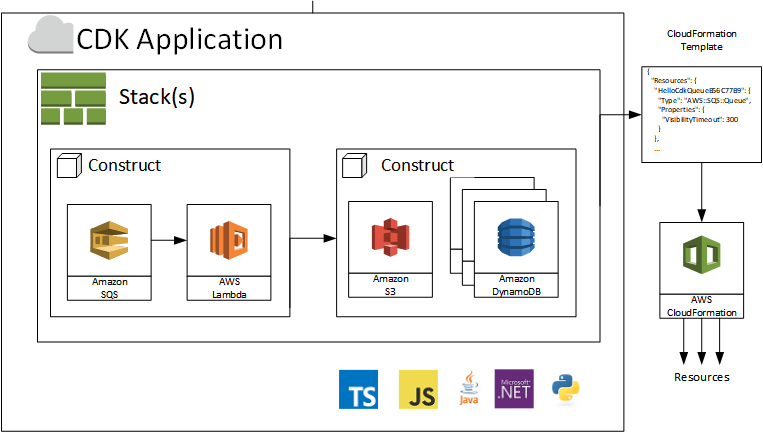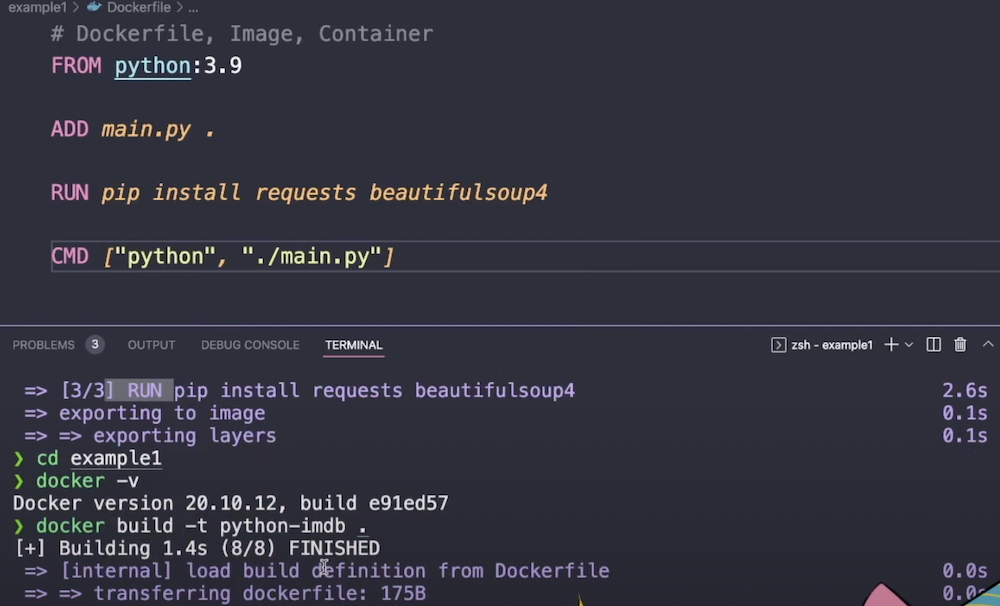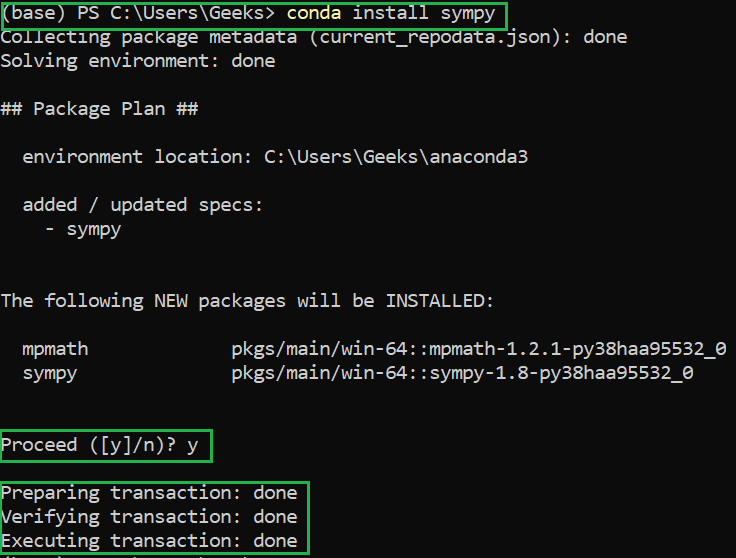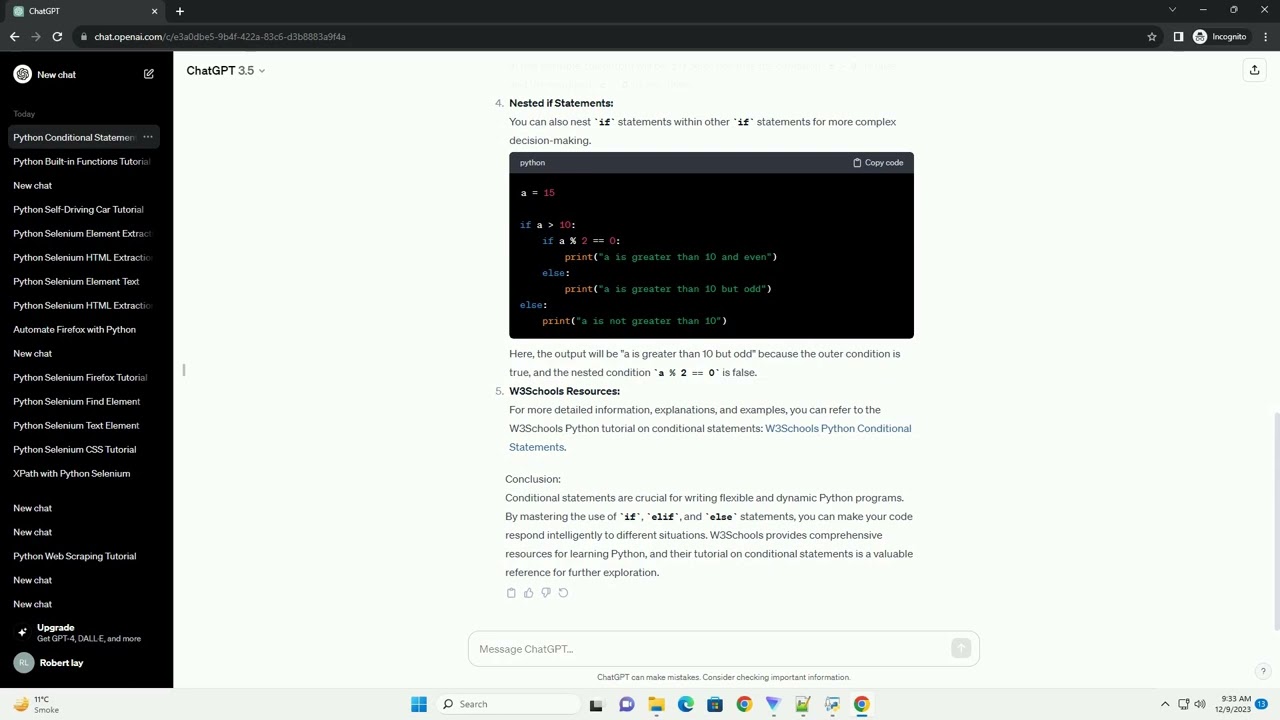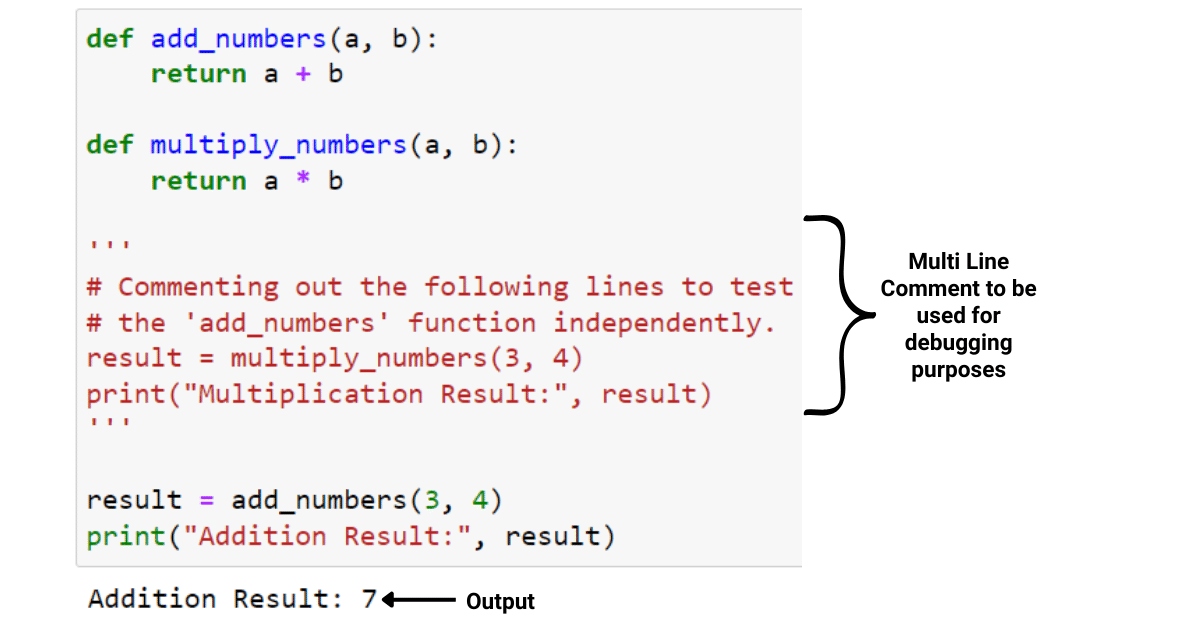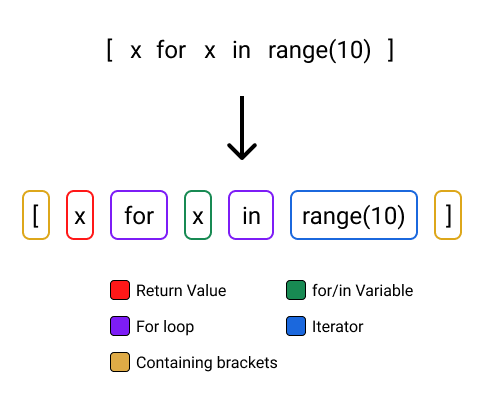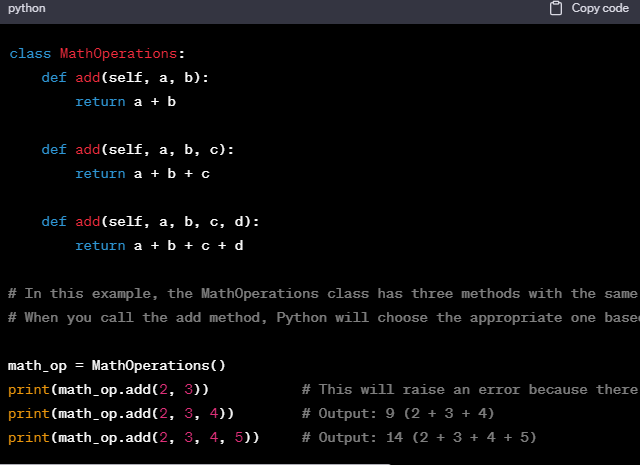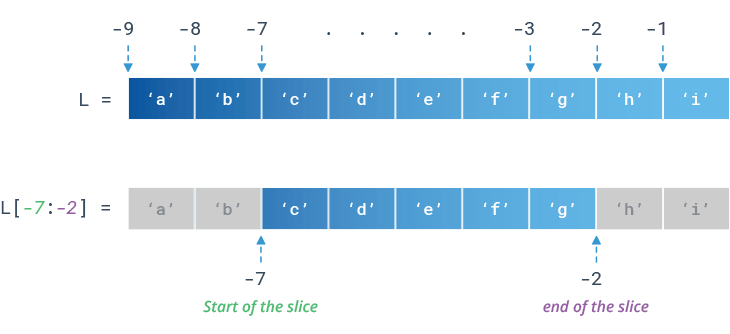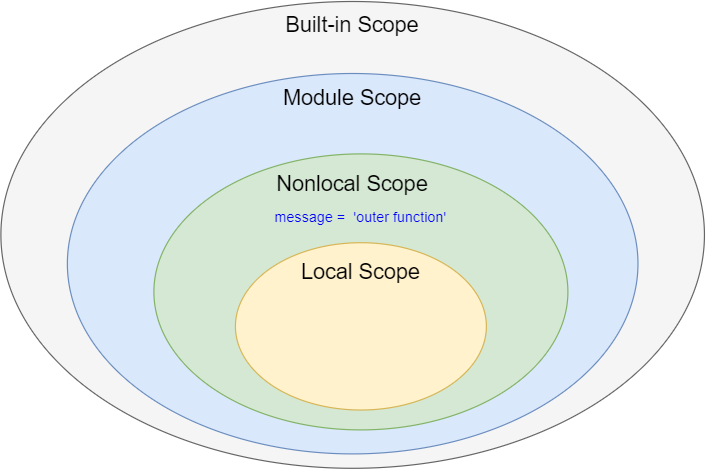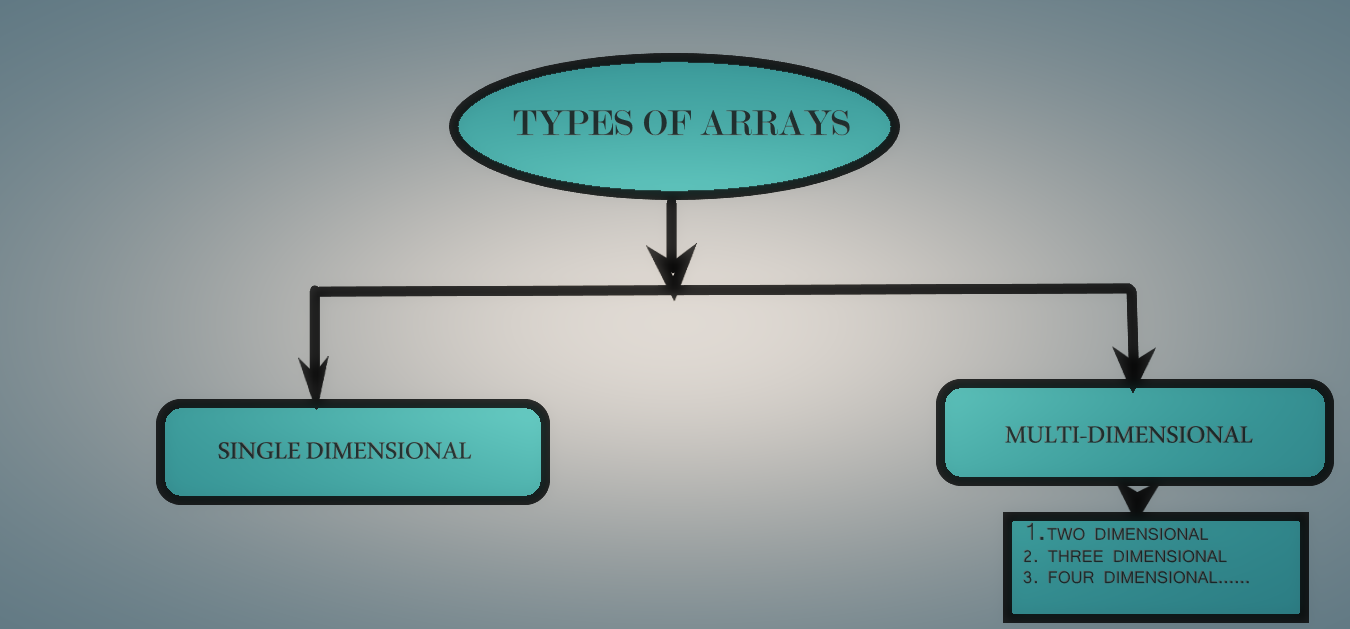Tuple in Python
Tuple in Python

I'll respond in English as per your request!
Tuple in Python: A Comprehensive Overview
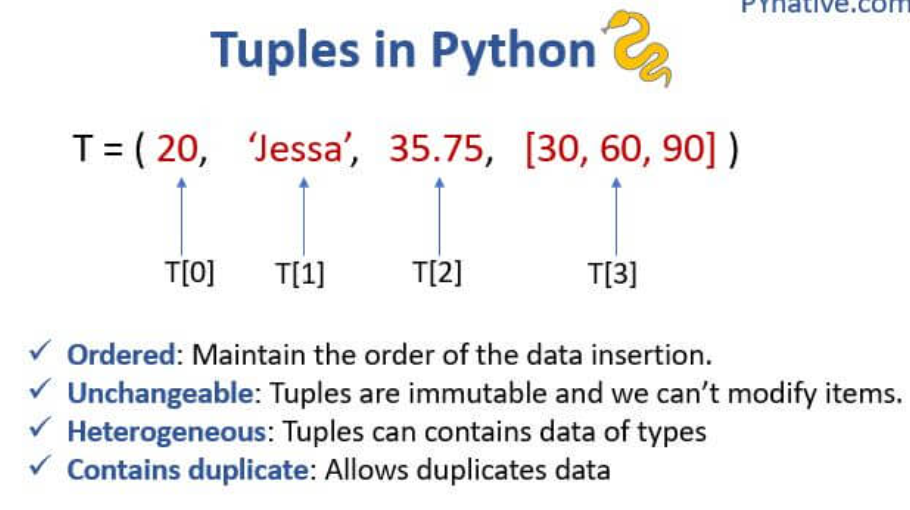
In Python, a tuple is an immutable collection of objects that can contain elements of any data type, including strings, integers, floats, and even other tuples or lists. Tuples are similar to lists, but they cannot be modified once created, making them useful for situations where the contents need to remain constant.
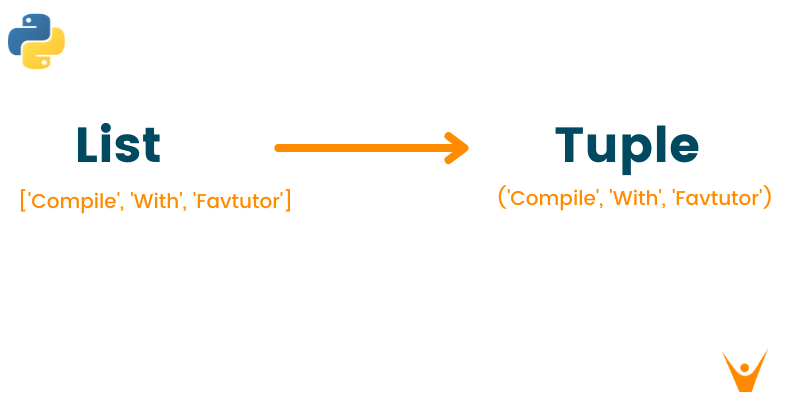
Creating Tuples
To create a tuple in Python, you enclose its elements within parentheses () and separate them with commas ,. For example:
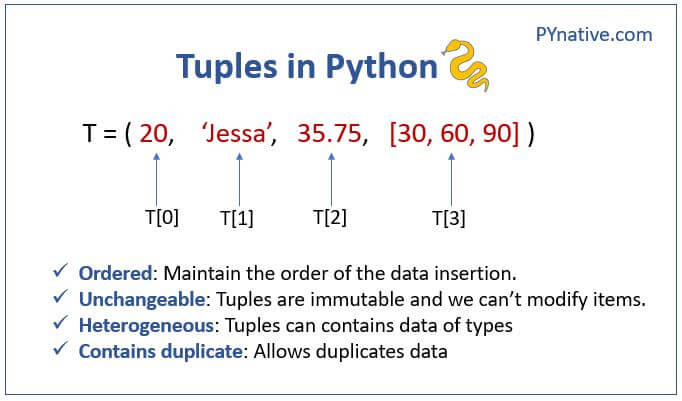
my_tuple = ('apple', 1, True)
Alternatively, you can use the tuple() function to convert an iterable (such as a list or another tuple) into a tuple:

my_list = ['banana', 2, False]my_tuple = tuple(my_list)
print(my_tuple) # Output: ('banana', 2, False)
Tuple Characteristics
Tuples have the following key characteristics:
Immutable: Tuples cannot be modified once created. Indexed: Like lists and strings, tuples can be indexed using square brackets[] to access specific elements. Heterogeneous: Tuples can contain elements of different data types.
Advantages of Tuples
Tuples offer several benefits:
Immutable data structures: Tuples ensure that the contents remain unchanged, which is essential in certain situations (e.g., when working with sensitive or critical data). Efficient memory usage: Tuples store their elements in a compact format, making them suitable for large datasets. Fast access: Tuples allow for quick lookup and retrieval of specific elements.Common Tuple Operations
Here are some common tuple operations:
Indexing: Access individual elements using square brackets[].
Example: my_tuple[0] returns the first element, which is 'apple'.
Example: my_tuple[1:3] returns the second and third elements, which are 1 and True.
Example: (1, 2) + (3, 4) creates a new tuple containing all four elements.
Real-World Scenarios
Tuples find applications in various domains:
Data analysis: Tuples can be used to store and manipulate large datasets with complex structures. Configuration files: Tuples are suitable for storing configuration settings or metadata in a compact format. Database queries: Tuples can be used as query results, where each row represents a single record.In conclusion, tuples offer a versatile way to work with immutable collections of data in Python. By understanding the characteristics, advantages, and operations of tuples, you'll be better equipped to tackle real-world problems and optimize your code for efficiency and readability.
What is the list [:] in Python?

In Python, list comprehension is a powerful tool that allows you to create new lists based on existing ones. It's a shorthand way of creating a new list from an existing iterable (such as a list, tuple, or string) by performing an operation on each element and then collecting the results in a new list.
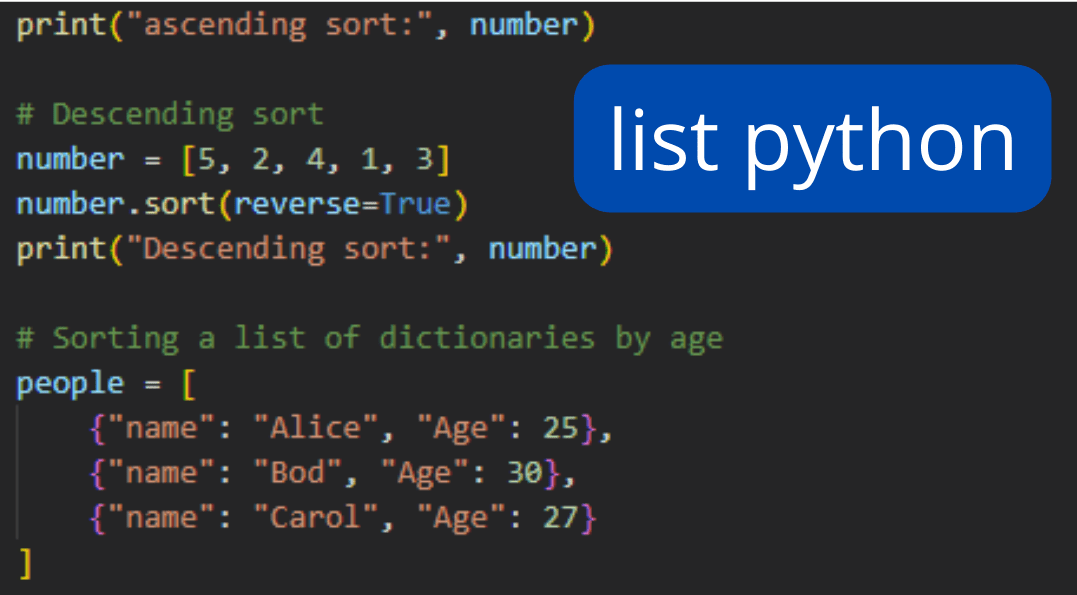
The syntax for list comprehension is as follows:
[expression for variable in iterable]
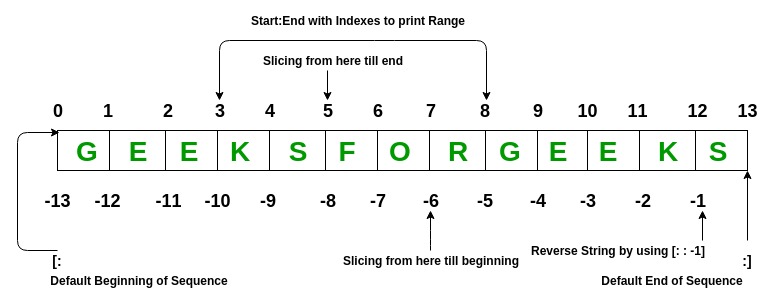
Here, expression is some Python code that is evaluated for each element in the iterable. The resulting values are collected into a new list. You can also add additional filters or transformations to the expression using for, if, and other keywords.
Let's take an example to illustrate this:
numbers = [1, 2, 3, 4, 5]
even_numbers = [x for x in numbers if x % 2 == 0]
print(even_numbers) # Output: [2, 4]
In this example, we're creating a new list even_numbers that contains only the even numbers from the original list numbers. We're using a filter (if x % 2 == 0) to select only the even numbers.
Another common use case is to create a new list with transformed values:
strings = ['hello', 'world', 'python']
upper_strings = [s.upper() for s in strings]
print(upper_strings) # Output: ['HELLO', 'WORLD', 'PYTHON']
Here, we're creating a new list upper_strings that contains the uppercase versions of each string from the original list strings.
You can also use list comprehension to filter or transform multiple iterables at once:
numbers1 = [1, 2, 3]
numbers2 = [4, 5, 6]
filtered_numbers = [(x, y) for x in numbers1 if x % 2 == 0 and y % 2 != 0 for y in numbers2]
print(filtered_numbers) # Output: [(2, 5), (4, 6)]
This example shows how you can create a new list of tuples by iterating over multiple iterables and applying filters and transformations.
In summary, list comprehension is an efficient way to create new lists in Python based on existing iterables. It's concise, readable, and often faster than using traditional looping constructs like for loops or map() functions. With its flexibility and expressiveness, you can achieve complex data processing tasks with just a few lines of code!



